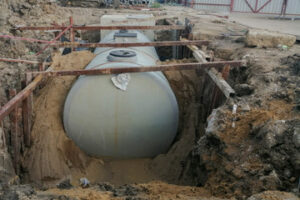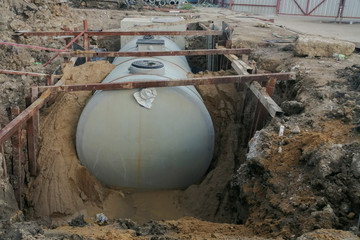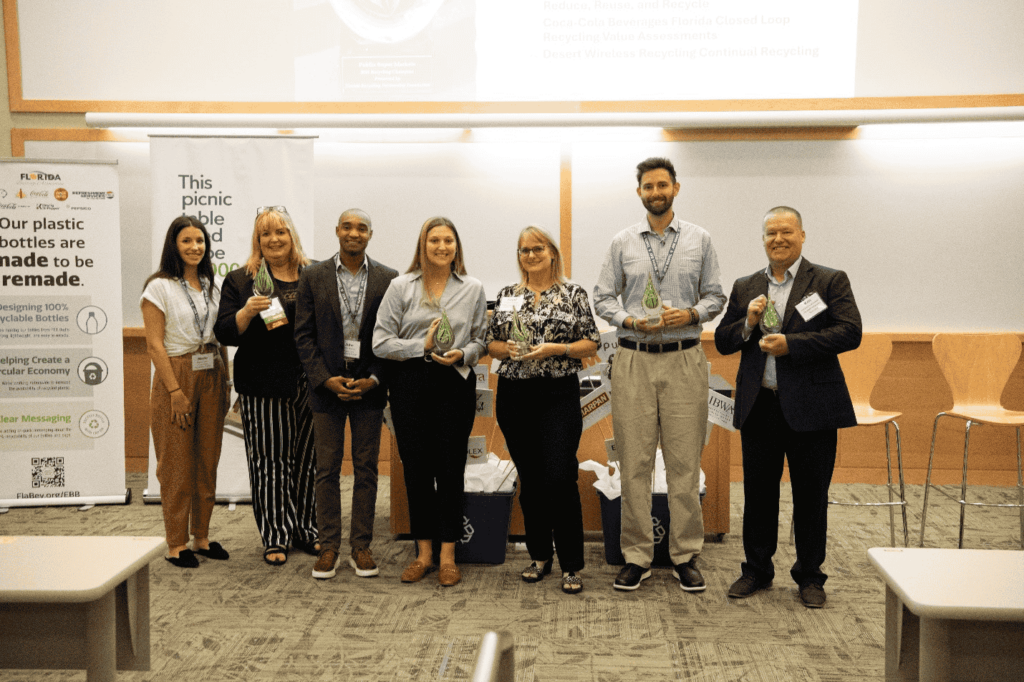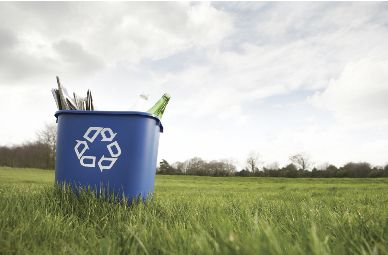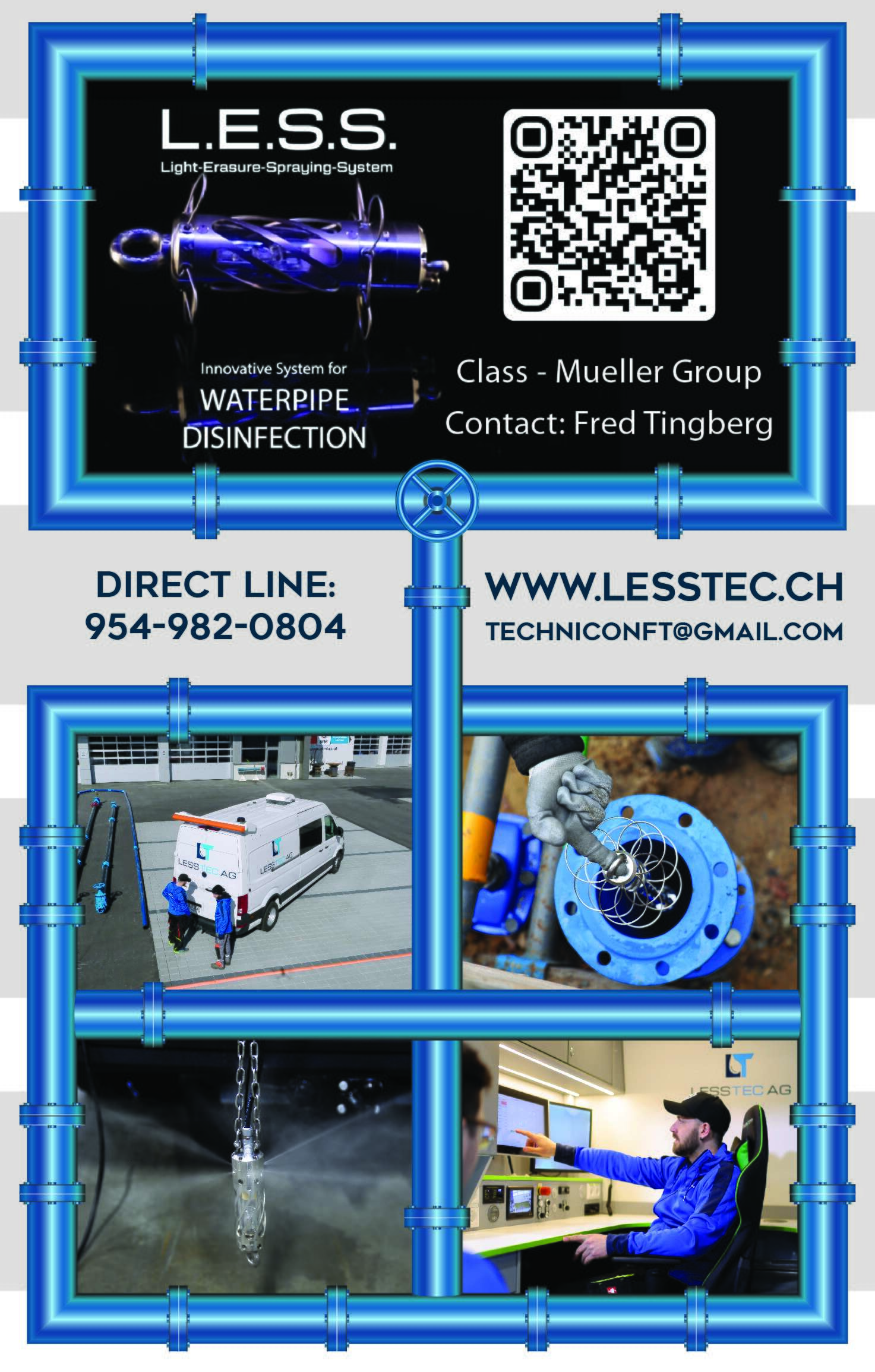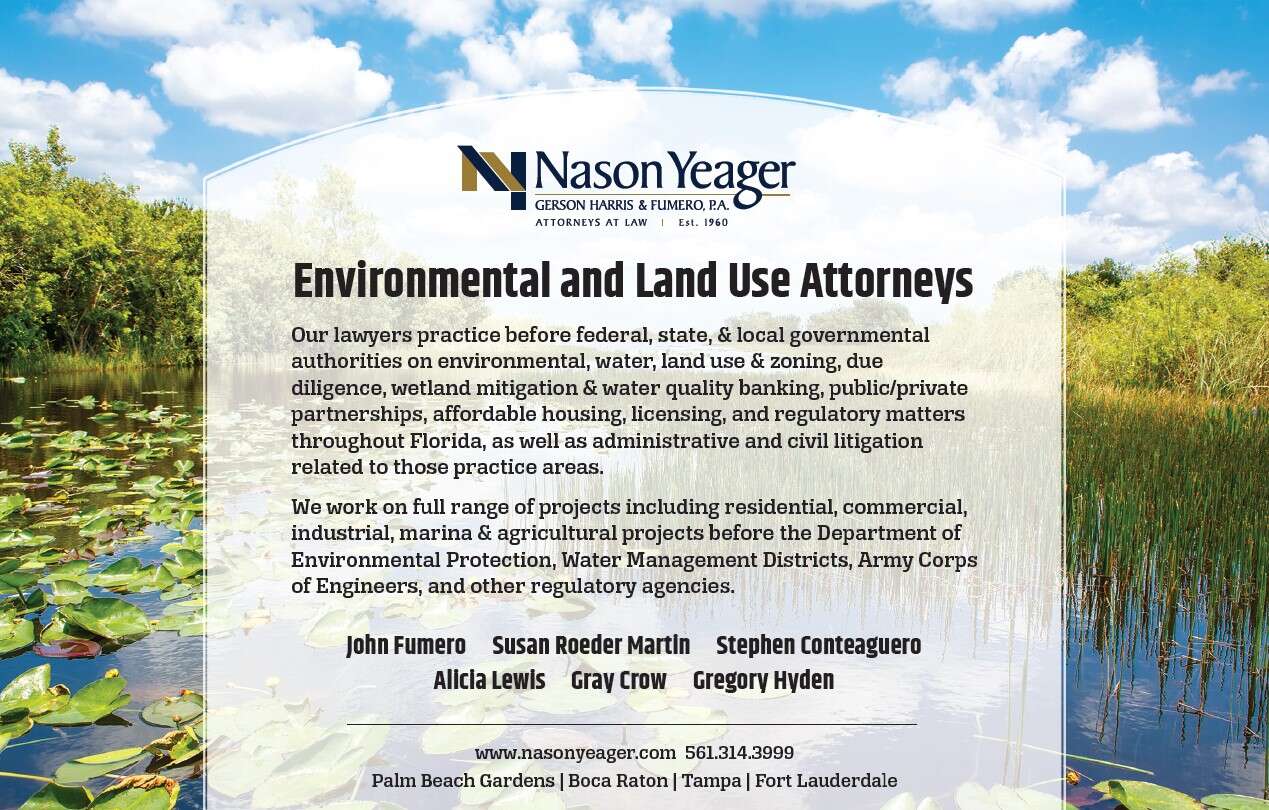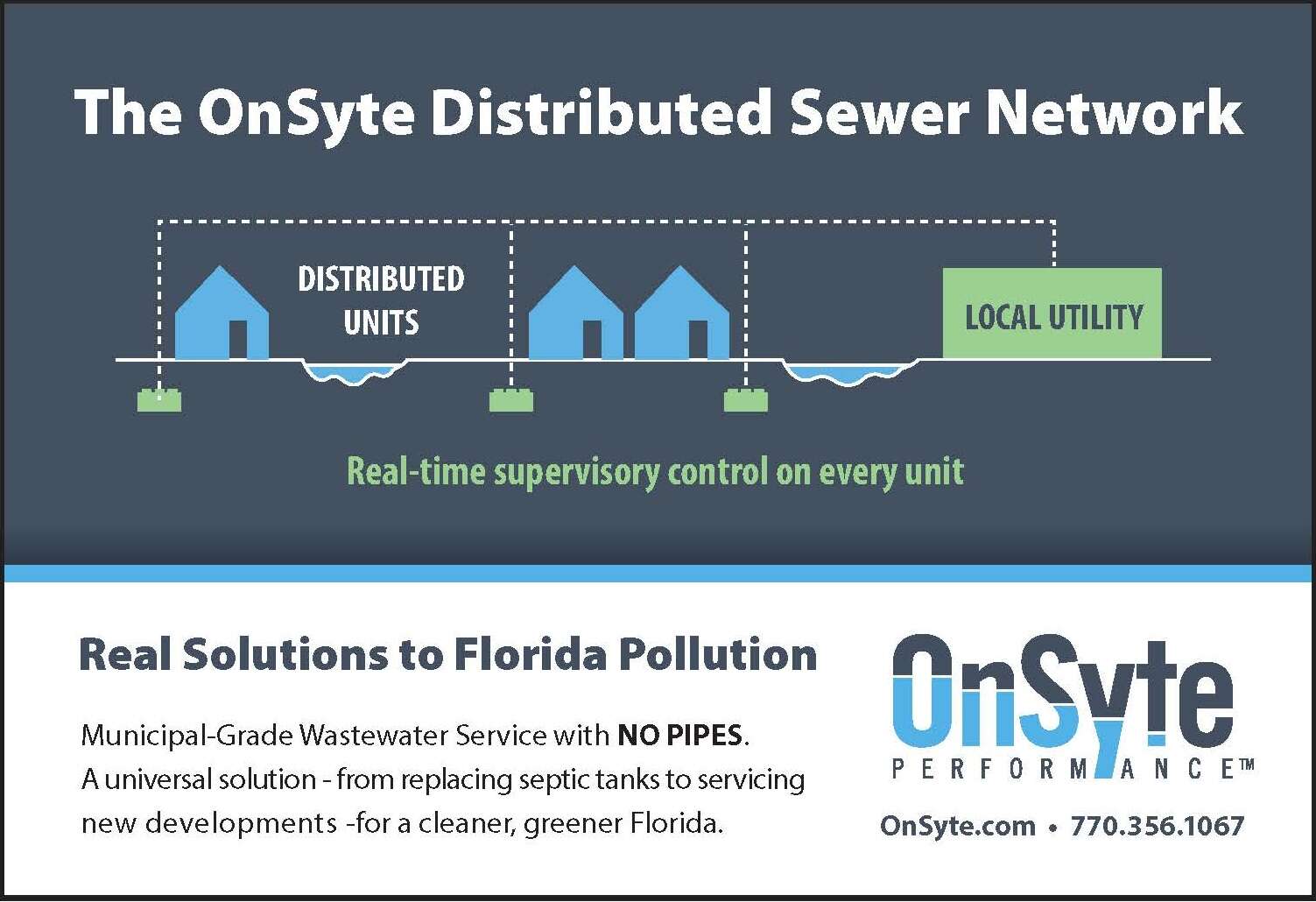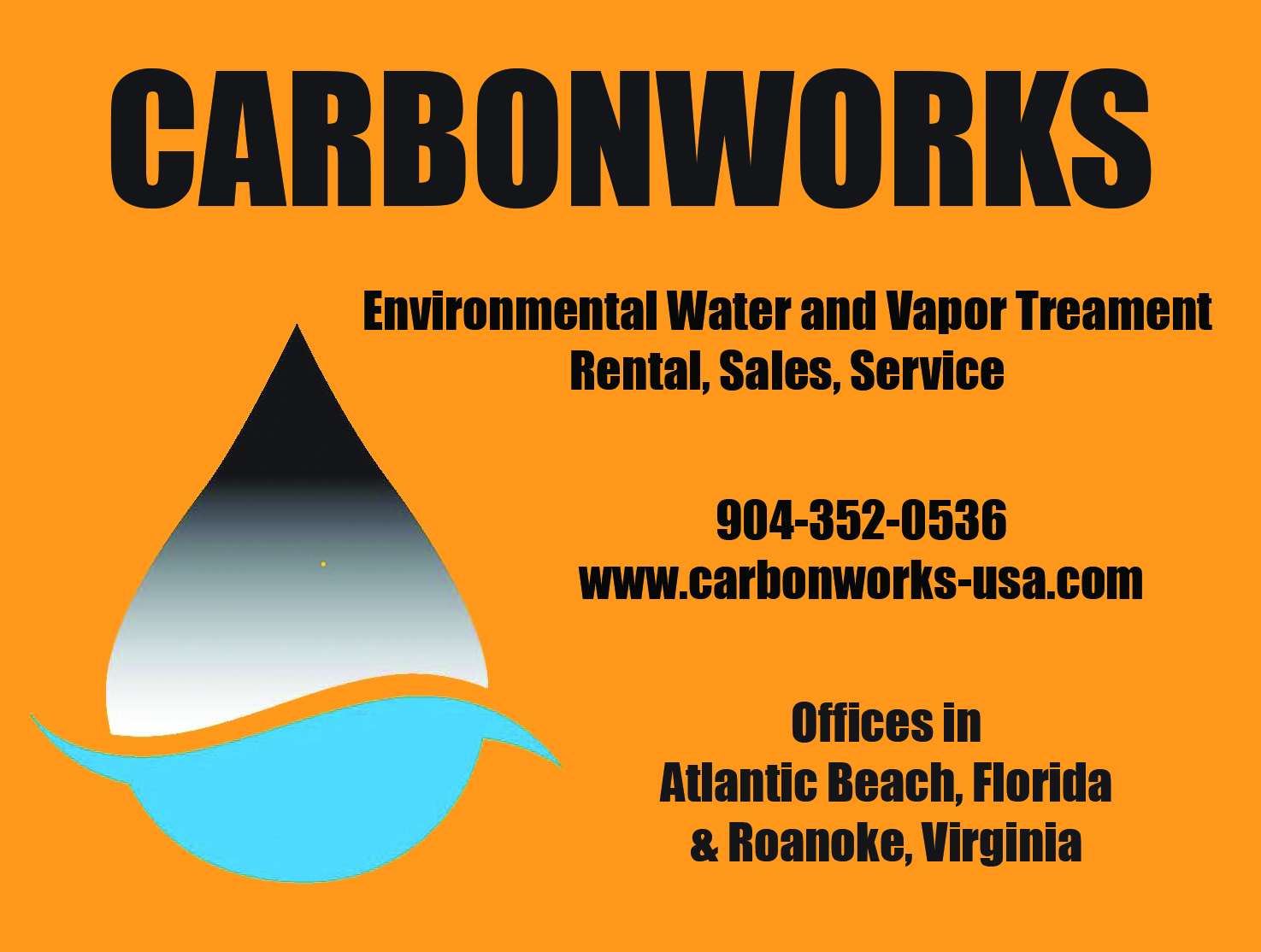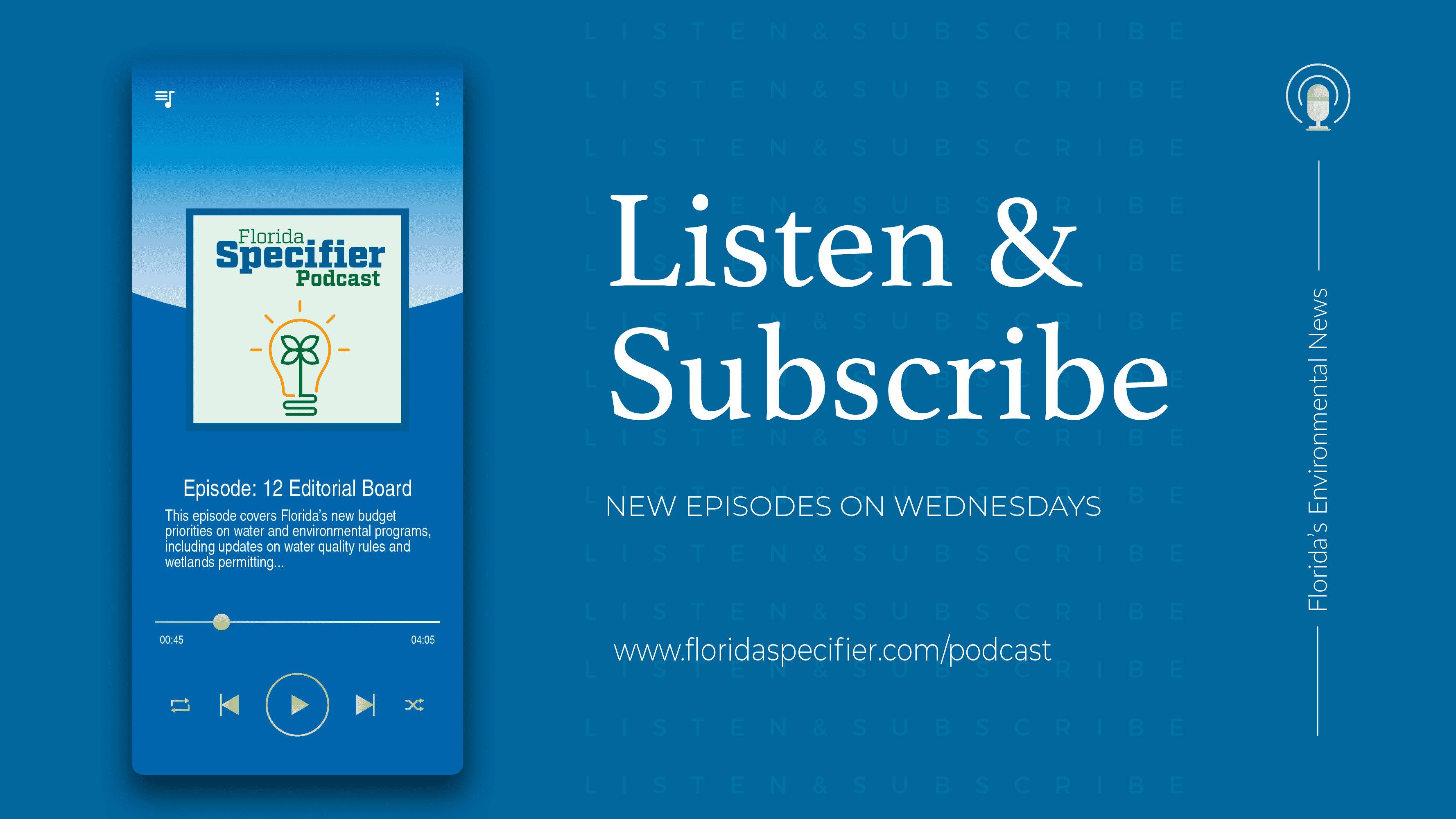By KEYNA CORY
Have you ever found yourself in front of your recycling container with an item in your hand thinking, “Does this go in the recycling bin or garbage can?” If you have, don’t feel alone. Most people have found themselves in that same situation. However, recycling right can be easy. You just need to learn to Recycle Right!
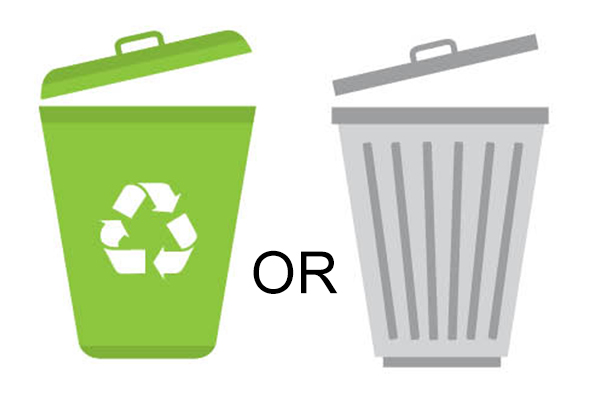
Local governments determine what materials they accept in their recycling program. Go to your county or city website to see what items are accepted for recycling. Common materials include plastic bottles, jugs and tubs; aluminum and steel cans; cardboard, paperboard (cereal boxes) and mixed paper, such as envelopes, magazines, and office paper; and in some cases, glass containers.
But what about those numbers inside the chasing arrows found on the bottom of plastic items? What do they mean? Items with the chasing arrows do not necessarily mean that item is recyclable in your local program. The little number inside the triangle is there to identify the type of plastic resin used in the product.
Two of the most recycled plastic resins in curbside recycling programs are:
1 – PET which is commonly used for soft drinks, water bottles, and juice containers as well as cooking oil containers. The plastic is easily recyclable so it’s often part of curbside recycling programs. It can be reused to make containers, carpet, and furniture. The Florida Beverage Association and its members are working together to reduce plastic waste through an initiative called “Every Bottle Back.” The beverage industry is carefully designing 100% recyclable plastic bottles and working with partners like World Wildlife Fund, The Recycling Partnership and Closed Loop Partners to get them back and track its progress along the way.
2 – HDPE indicates one of the most used plastics in the United States. HDPE is used for several different purposes but is widely considered the plastic of choice for containers for items like cleaning agents, milk, detergents, and washing soap thanks to its low weight and high strength. HDEP can be recycled into pipes, oil bottles, pens, and detergent bottles. It is commonly accepted by curbside recycling.
Aluminum is one of the most recycled – and recyclable – materials in use today. A recycled aluminum beverage can is often recycled directly back into itself. And this process can happen virtually infinitely. Used aluminum drink cans can be recycled and back on supermarket shelves as new drink cans in as little as 60 days. So, this is a no-brainer – aluminum cans go into the recycling bin!
Cardboard is the highest value grade of paper, as its durability means long paper fibers. This also helps explain why it has the highest recycling rate among paper products. Over half of the cardboard recycled is used to make new cardboard boxes, and additional cardboard can be downcycled into paperboard (used for cereal boxes) or chipboard (used for shoeboxes). Again, another great item for your curbside recycling bin. Just make sure to flatten them, empty their contents, and keep them dry.
Other paper that can be recycled includes magazines, catalogs, newspapers, white and colored paper, envelopes, junk mail, and paper bags. Recycled paper is used to make boxes for dry foods like cereal or pasta, tissue products like toilet paper and paper towels, as well as newspapers. Another great item for your recycling bin.
Our motto is, when in doubt, throw it out. Contamination, also known as garbage, in your recycling bin increases the costs of recycling for everyone. Make sure you place only the acceptable items in your recycling bin.
You see, it’s easy to recycle. You just need to Recycle Right!
Keyna Cory is the Executive Director for the Florida Recycling Partnership Foundation


